10 Questions for art historian and fiction writer Chloë Ashby


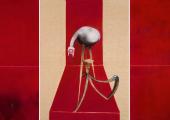
Francis Bacon Man and Beast fills most of the main galleries at the Royal Academy. Thankfully, five of the rooms are empty. The exhibition is such a dispiriting experience, I’d have been hollering like a howler monkey if there’d been any more. And as it was, I came out feeling emotionally numb.
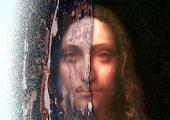
It’s been described as “the most improbable story that has ever happened in the art market”, and The Lost Leonardo reveals every twist and turn of this extraordinary tale. In New Orleans in 2005, a badly-damaged painting (pictured below left) sold at auction for $1,175.

"Trompe-l’œil," explains the director of the Institut de Peinture in Brussels, “is the meeting of a painting and a gaze, conceived for a particular point of view, and defined by the effect it is supposed to produce”. In layman’s terms, it is the art of decorative painting, the technique of creating an optical illusion whereby a surface appears three-dimensional. It’s also the subject of this book.

Amina Cain is a writer of near-naked spaces and roomy characters. Her debut collection of short fiction, I Go To Some Hollow (Les Figues, 2009), located itself in the potential strangeness of everyday thoughts and experience.
How should one paint the baby Jesus? This deceptively innocent question runs the length of Jean Frémon's Nativity, a fictional work that takes as its subject the first painter to represent the saviour of humankind without his swaddling clothes. The book is a miniature portrait in itself, running for fewer than 50 pages and punctuated by a series of evocative drawings by the artist Louise Bourgeois.
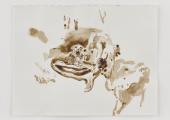
With the first round of galleries opening their doors in June and a new round getting ready to open in July, we’ve a half-way home of a roundup this week. This month’s re-openings include the National Gallery, the Royal Academy, the Barbican, the Whitechapel, the Ditchling Museum of Art and Craft, the Mosaic Rooms, the Estorick Collection, the Garden Museum and the Tates – Modern, Britain, Liverpool and St Ives.
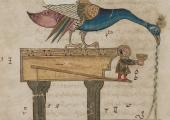
Arguably one of the most poignant effects of the lockdown has been to simultaneously draw attention to the connections between the arts and the distinct ways they have evolved into their own forms.
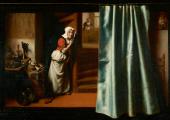
A young woman sits sewing (pictured below right: Young Woman Sewing,1655). She is totally immersed in her task, and our attention is similarly focused on her and every detail of her environment. The cool light pouring though the window illuminates her work and also gives us a clear view. She sits on a wooden platform that raises her above the cold floor tiles; on one side of her is a linen basket and, on the other, an ebony chair, its carved back and legs picked out with gleaming dots of light.